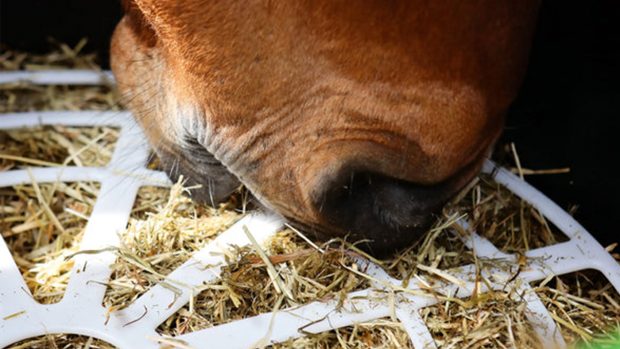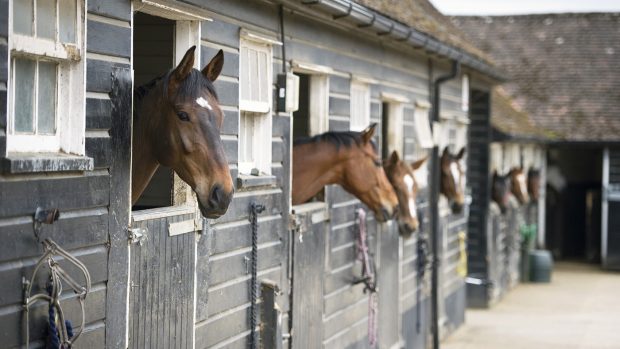Acute injury or illness can call for a period of enforced box-rest. The good news about box rest, says veterinary surgeon Andy Bathe, is that most horses cope better than their owners expect, but the most dangerous time is when it is comes to an end.
So how can you ensure a successful rehabilitation once your horse is allowed out of its stable?
“A horse who does a handbrake turn and charges across the paddock can undo six months – work on a tendon injury in seconds,” says Andy.
“It’s often a good idea to sedate them and not to feed them that morning, the idea being that if they go out hungry, they’ll eat rather than gallop about.
“Put them out with an old ‘nanny’, rather than a horse who is likely to charge around – and although you ideally don’t want to change management too quickly, depending on the circumstances, it’s sometimes safer to put them out and leave them, rather than bring them in and out.”
Cambridge University Veterinary Hospital has a special “playpen”, a tiny grass square with post-and-rail fencing that is too small for the horse to get up speed, as a halfway house between stable and field. Andy says that crew or bullock yards can serve the same purpose, providing freedom in manageable stages.
Horse-walkers and treadmills can be useful in later stages, although it is important not to use these without talking to your vet. With some injuries, you would not want the horse continually turning on a horse walker.
Post box rest rehab tips
- Accept that rehabilitation can be a bigger challenge than box-rest. Patience and attention to detail are key.
- Fencing off a tiny area outside the stable can provide a gradual start.
- Work with your vet to devise a programme to suit your horse, dependent on the type and severity of the injury or condition.
- Expect some explosions and consider using a sedative under your vet’s advice.
- Wear a riding hat and gloves and use a bridle or chifney when leading him out for the first time. Use an enclosed area for the first few occasions.
- Proceed according to your horse’s temperament – he may walk more sensibly in long-reins than in-hand.
H&H 2 Feb 2012




